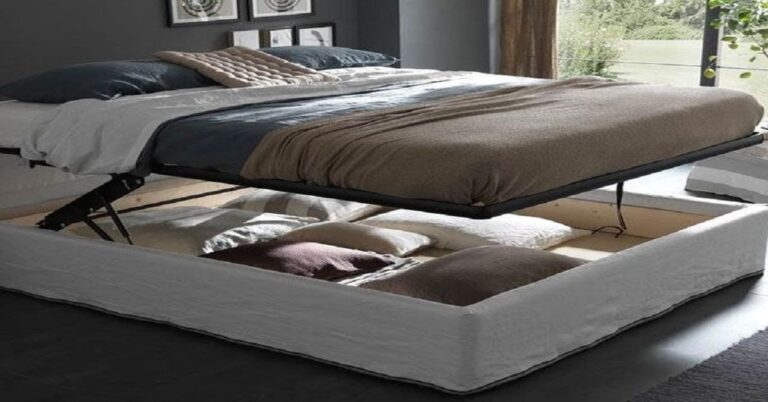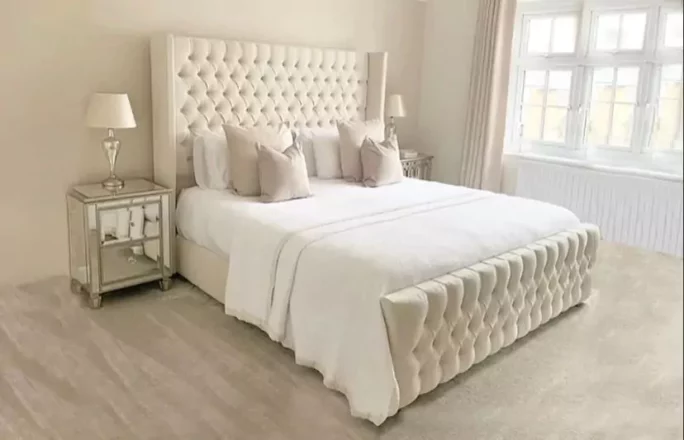How to Increase the Lifespan of Your Furniture
Lifespan of Your Furniture
Introduction
As a proud furniture owner, you understand the importance of investing in quality pieces that not only enhance the aesthetics of your living space but also provide comfort and functionality. However, without proper care, even the finest furniture can lose its charm over time. In this comprehensive guide, we will explore various strategies to increase the lifespan of your furniture, ensuring that it remains in impeccable condition for years to come.
Choose High-Quality Materials
The foundation of durable furniture lies in selecting high-quality materials. When purchasing new furniture, opt for pieces crafted from solid hardwood, such as oak or maple, as they are known for their strength and resilience. Additionally, consider upholstery made from durable fabrics or genuine leather, which can withstand regular use and resist wear and tear.
Proper Placement and Positioning
The placement and positioning of your furniture play a crucial role in its longevity. Avoid exposing your furniture to direct sunlight, as prolonged exposure can fade and damage the materials. Furthermore, keep furniture away from heating vents and radiators, as excessive heat can cause warping or cracking. Additionally, maintain a safe distance between furniture and sources of moisture to prevent damage from spills or humidity.
Regular Furniture Cleaning and Dusting
Maintaining a regular cleaning routine is essential for prolonging the lifespan of your furniture. Dust and debris can accumulate over time, leading to surface damage or deterioration. Use a soft, lint-free cloth to gently dust your furniture on a weekly basis. For more thorough cleaning, follow the manufacturer’s guidelines and use appropriate cleaning products specifically designed for your furniture’s material.
Preventative Measures
To shield your furniture from potential harm, consider implementing preventive measures:
-
Use Protective Covers
Utilize protective covers or slipcovers to safeguard your furniture from spills, stains, and pet damage. These covers are not only practical but also serve as a stylish addition to your decor.
-
Use Coasters and Placemats
Place coasters and placemats under glasses, cups, and hot dishes to prevent water rings and heat damage. These simple accessories can significantly extend the life of your furniture by minimizing the risk of unsightly marks.
-
Employ Felt Pads
Attach felt pads to the bottom of furniture legs to prevent scratching or scuffing on floors. This precautionary measure is particularly important for hardwood floors or delicate surfaces.
-
Regular Maintenance and Repairs
Even with utmost care, furniture may require occasional maintenance and repairs. Stay proactive by addressing minor issues promptly to avoid exacerbation. Tighten loose screws, fix wobbly legs, and repair minor scratches or chips as soon as they appear. Regular maintenance will not only preserve the functionality of your furniture but also prevent minor problems from turning into major ones.
Consider Professional Restoration
For antique or valuable furniture, consider seeking professional restoration services. Skilled craftsmen can breathe new life into worn-out pieces, repairing and refinishing them to their former glory. Professional restoration can significantly extend the lifespan of your cherished furniture, allowing it to be enjoyed for generations to come.
Read About: How To Choose The Best Furniture Manufacturers
Implement Rotating Strategies
If your furniture is subjected to frequent use, implementing a rotating strategy can distribute the wear and tear more evenly. For example, rotate seat cushions or swap the arrangement of furniture pieces periodically. By doing so, you can prevent specific areas from bearing excessive pressure and maintain a consistent appearance.
Preserve Furniture During Moves
When moving your furniture, proper handling and protection are essential to prevent damage. Disassemble large pieces whenever possible and carefully wrap them in blankets or furniture pads. Use moving straps or ropes to secure the pieces and prevent shifting during transportation. Additionally, label and organize all components and hardware to ensure easy reassembly later.
Control Indoor Climate
Extreme temperature and humidity fluctuations can adversely affect your furniture. Maintain a stable indoor climate by using humidifiers or dehumidifiers, especially in areas with high humidity or dryness. This helps prevent wood from warping, cracking, or swelling. Keep in mind that temperature and humidity control is particularly crucial for antique or delicate furniture.
Educate Household Members
Educating your family members or household occupants about proper furniture care is crucial. Teach them about the importance of using coasters, avoiding excessive weight on furniture, and being mindful of spills. Encourage everyone to treat furniture with respect and care, reducing the likelihood of accidental damage.
Conclusion
By following these expert tips and tricks, you can effectively increase the lifespan of your furniture. From selecting high-quality materials to implementing proper placement and regular maintenance, each step contributes to preserving the beauty and functionality of your furniture. Remember, the key lies in being proactive and consistent with your care routine.
Additionally, it’s important to note that investing in quality furniture not only enhances the lifespan of your pieces but also adds value to your overall living space. Well-maintained furniture can withstand the test of time and retain its appeal, making it a worthwhile investment.
Checkout Bedsrush bespoke beds









